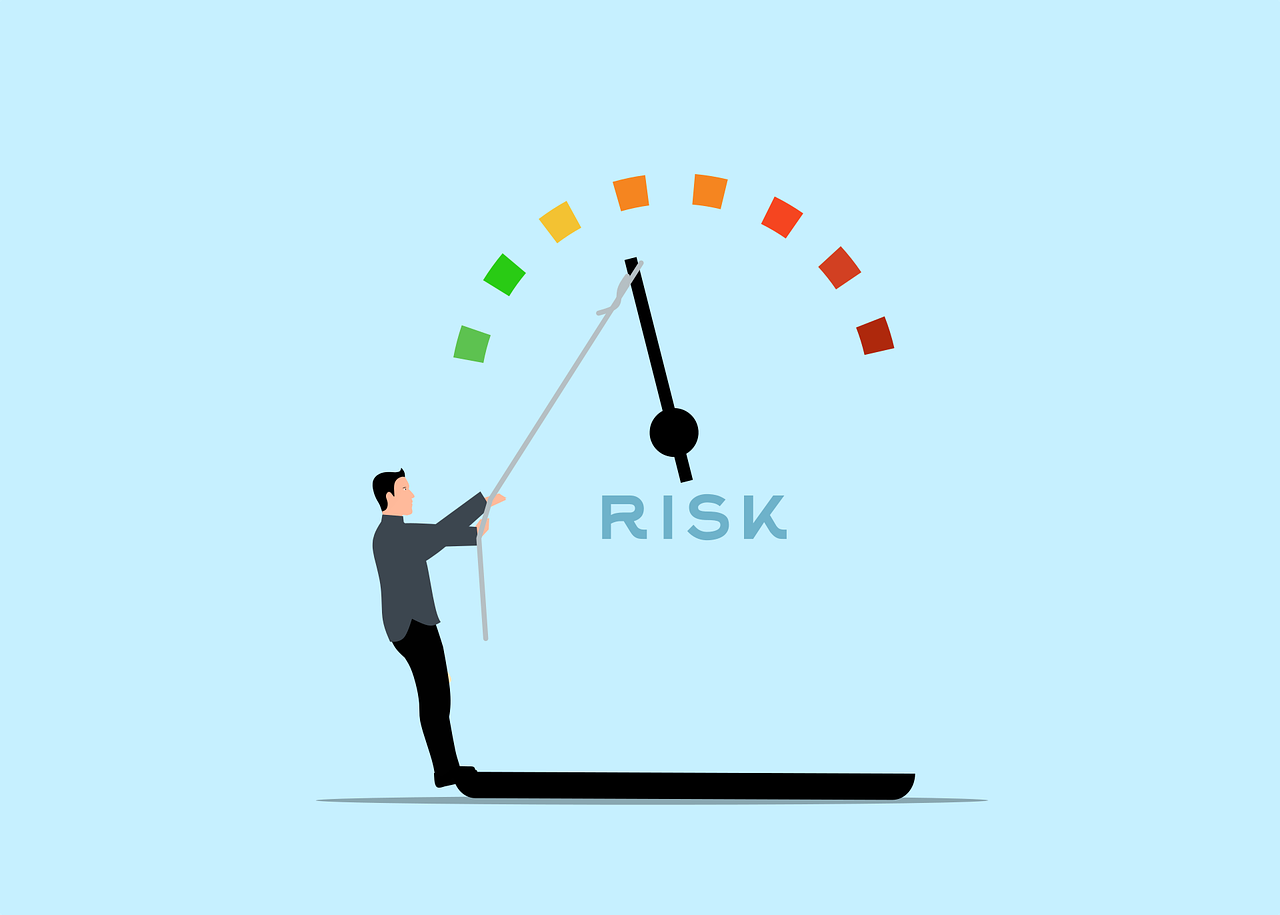How DTC brands use risk management to guide global operations
It is not uncommon for most people involved in commerce to overestimate direct financial risks while underestimating operational risks. People shy away from talking about operational risks largely because they are difficult to quantify. However, for successful brands, it’s...

It is not uncommon for most people involved in commerce to overestimate direct financial risks while underestimating operational risks. People shy away from talking about operational risks largely because they are difficult to quantify. However, for successful brands, it’s critical to recognize this behavioral bias, assess risks across all categories, and develop the ability to measure and manage even the less tangible ones. Enterprise risk management plays a central role in shaping both investment and operational choices for DTC brands that operate across borders, from identifying currency fluctuations to managing supply chain vulnerabilities Each aspect of enterprise risk management arms executives with insights that guide capital allocation and day-to-day activities. By integrating risk management into the core of decision making, brands can protect margins, improve resilience, and pursue growth with greater confidence.
In the investment management function, risk management begins with setting clear risk appetites. Portfolio managers translate strategic objectives into target return ranges and maximum acceptable losses. For investment managers, risks are easily quantifiable as market prices are readily available on a daily basis. For a brand importing goods from multiple countries,There are additional steps that should be considered. It’s important to begin by working backward from what matters most to stakeholders — net profits. Defining risk appetite in this context may start with a simple question: How much of a drop in profits can we tolerate this quarter or year?
From there, we trace the drivers of that impact — whether it’s declining sales, rising costs, or margin compression — and continue mapping backward until we identify the root causes, such as geopolitical risk, tariff exposure, or concentration risk. This reverse-engineering approach helps align risk management with financial outcomes that stakeholders truly care about. This may mean establishing limits on exposure to any single supplier region or currency. With that framework in place, the team can adjust allocations in real time as geopolitical events or economic indicators shift. A well-defined risk appetite stops knee-jerk reactions and ensures that investment moves align with long-term goals.
Financial and economic analysis builds on those risk parameters by modeling scenarios for interest rates, inflation and trade policy changes. By stress testing revenue forecasts under a range of possible outcomes, the analysis team can identify investments that offer a favourable risk-return profile. For example, if rising tariffs threaten to raise landed costs on a popular product line, the company may shift capital from marketing toward broader sourcing initiatives. Rather than reacting after costs spike, the proactive scenario planning keeps budgets on track and preserves cash flow.
On the operational side, enterprise risk management promotes supply chain diversification and redundancy. Brands that rely on a single port or a sole sourcing partner risk significant disruption if a natural disaster or political unrest hits. Many of them are unknowingly exposed to concentration risk, and without a contingency plan, their overall resilience is at risk. Nearly every brand carries some form of concentration exposure — for example, if more than 20% of your revenue comes from a single customer, or over 40% of your sales are tied to one country, or if your entire supplier base is concentrated in a single region like China. These are all indicators of heightened vulnerability. A notable case is Harley-Davidson, which faced a major disruption in 2018 when the European Union imposed retaliatory tariffs on the U.S.-made motorcycles, reaching high double digits. While such a tariff might have been a manageable obstacle in a diversified sales portfolio, it became a critical issue for Harley-Davidson because approximately 18% of its global sales came from the EU. This exposure posed a significant threat to their financial stability, forcing the company to relocate some production overseas as a reactive measure. To avoid such scenarios, companies should proactively map their end-to-end supply chain and score each node for vulnerability, whether geopolitical, logistical, or financial. This enables risk teams to identify weak points and secure alternative suppliers, routes, or distribution strategies before a crisis hits. In practice, this might mean holding buffer stock in low-risk markets or contracting a secondary manufacturer in a different region, both of which can preserve continuity and mitigate concentration risk before it becomes a threat.
Risk management also guides import export strategies under shifting trade regulations. When new reporting requirements or duties come into force, the operations team can lean on the risk register to flag affected shipments and adjust shipping schedules accordingly. That early warning supports more accurate landed cost estimates as well as compliance with customs rules. Brands that incorporate trade policy monitoring into their risk oversight avoid costly delays and fines while preserving customer satisfaction through reliable delivery windows.
Inventory and warehousing decisions benefit from the same risk-based approach. Holding too little inventory risks stockouts and lost sales, while having too much ties up capital and raises storage costs. By analysing demand volatility correlations between SKU groups and lead time uncertainty, the team can set dynamic inventory targets that balance inventory investment against service levels. For high-value products with unpredictable demand, a more conservative inventory buffer may be appropriate. For steady sellers, the team can lean into practices to minimise holding costs.
Sales strategy and fulfillment services also intersect with risk management insights. Payment method, fraud currency conversion costs and return rates each represent a risk to margin. By tracking fraud metrics across sales channels and geographies, the team can tighten fraud detection rules where it matters most. By modelling the impact of different return policies brands can choose terms that encourage customer loyalty without inviting excessive returns. Operational risk data keeps these strategies grounded in financial reality.
Risk management does not end with internal processes. Global trade brings exposure to external risks like changing transport capacity and rising fuel costs. Regular horizon scanning of maritime and air freight markets allows procurement teams to secure shipping contracts ahead of seasonal price spikes. It also helps manage greenhouse gas emissions goals by identifying more efficient carrier options. This foresight reduces surprises in logistics budgets and supports sustainability objectives side by side with financial targets.
Data governance and cybersecurity are equally vital for DTC brands that manage customer data and integrate platforms across borders. A single breach can erode consumer trust and expose the company to fines under privacy regulations. By embedding cybersecurity risk assessments into project planning the technology team can prioritise controls for high-consequence systems before launch. Regular training and simulated incident drills ensure the broader organisation remains alert to emerging threats.
Ultimately, enterprise risk management acts as a unifying framework. Rather than siloed pockets of analysis, the cross-functional risk register creates transparency on potential issues and their financial impact. Investment committees, operations leaders, and finance teams share a common language when assessing projects or market moves. That cohesion streamlines decision-making and prevents costly misalignment between departments.
As direct-to-consumer brands scale their global trade activities, the complexity of decisions only grows. By weaving enterprise risk management into the fabric of investment and operational processes, companies gain the ability to anticipate challenges, mitigate threats and seize opportunities with clarity. The result is a more resilient business model able to deliver on customer promises while safeguarding shareholder value.

 Hollif
Hollif 



















![The 2026 AI Search Benchmark Every SEO Leader Needs [Webinar] via @sejournal, @lorenbaker](https://www.searchenginejournal.com/wp-content/uploads/2025/11/1-259.png)









.jpg&h=630&w=1200&q=100&v=ebcc31501f&c=1)


